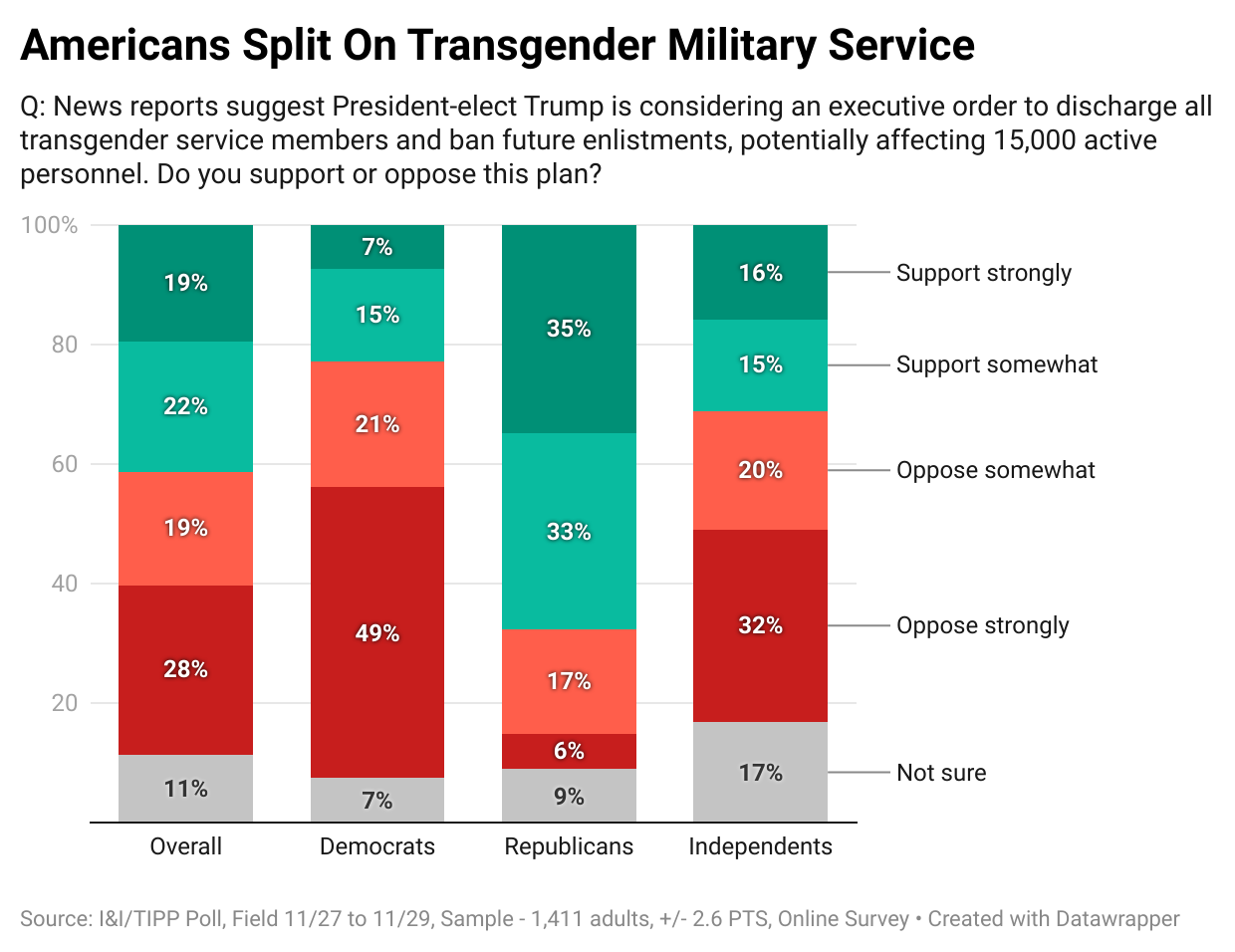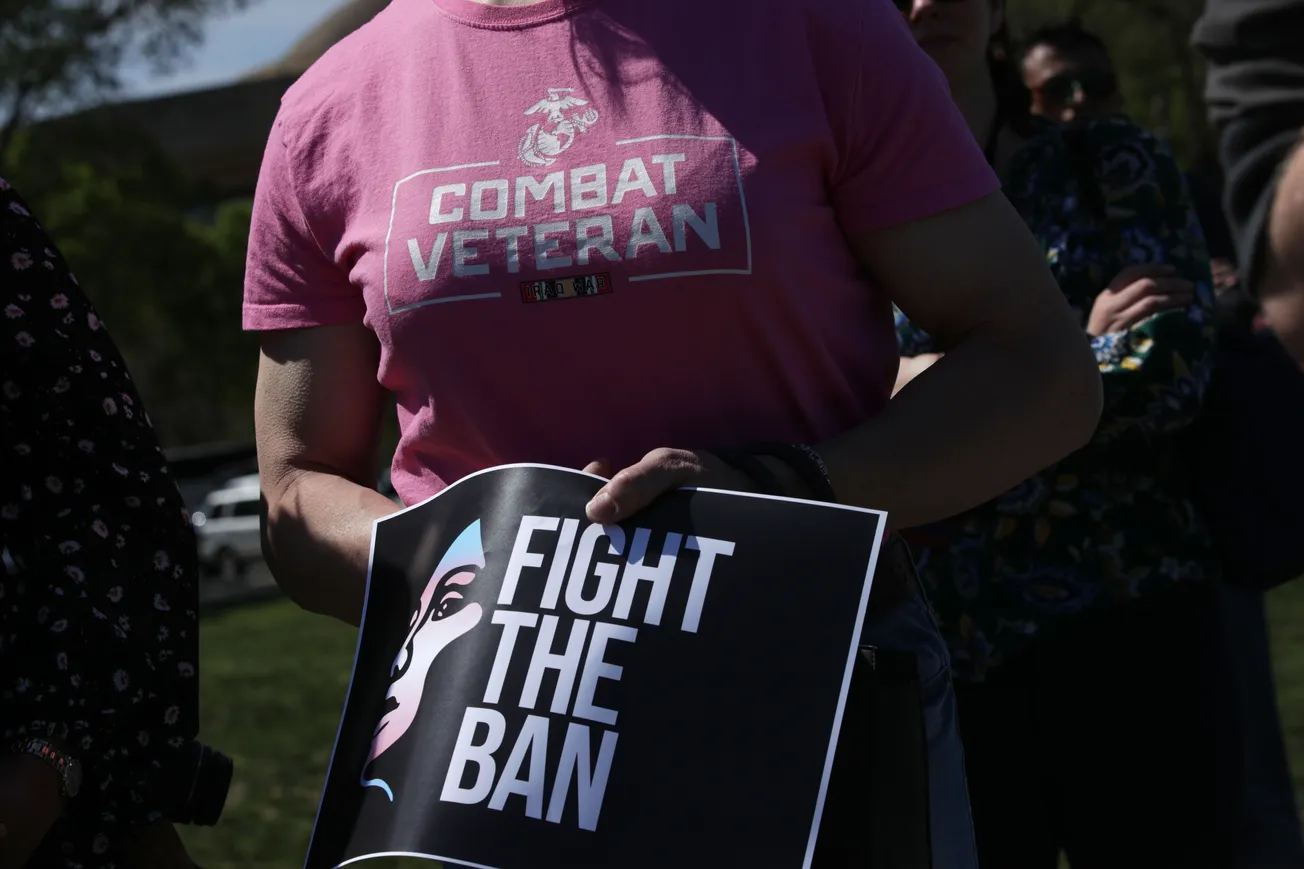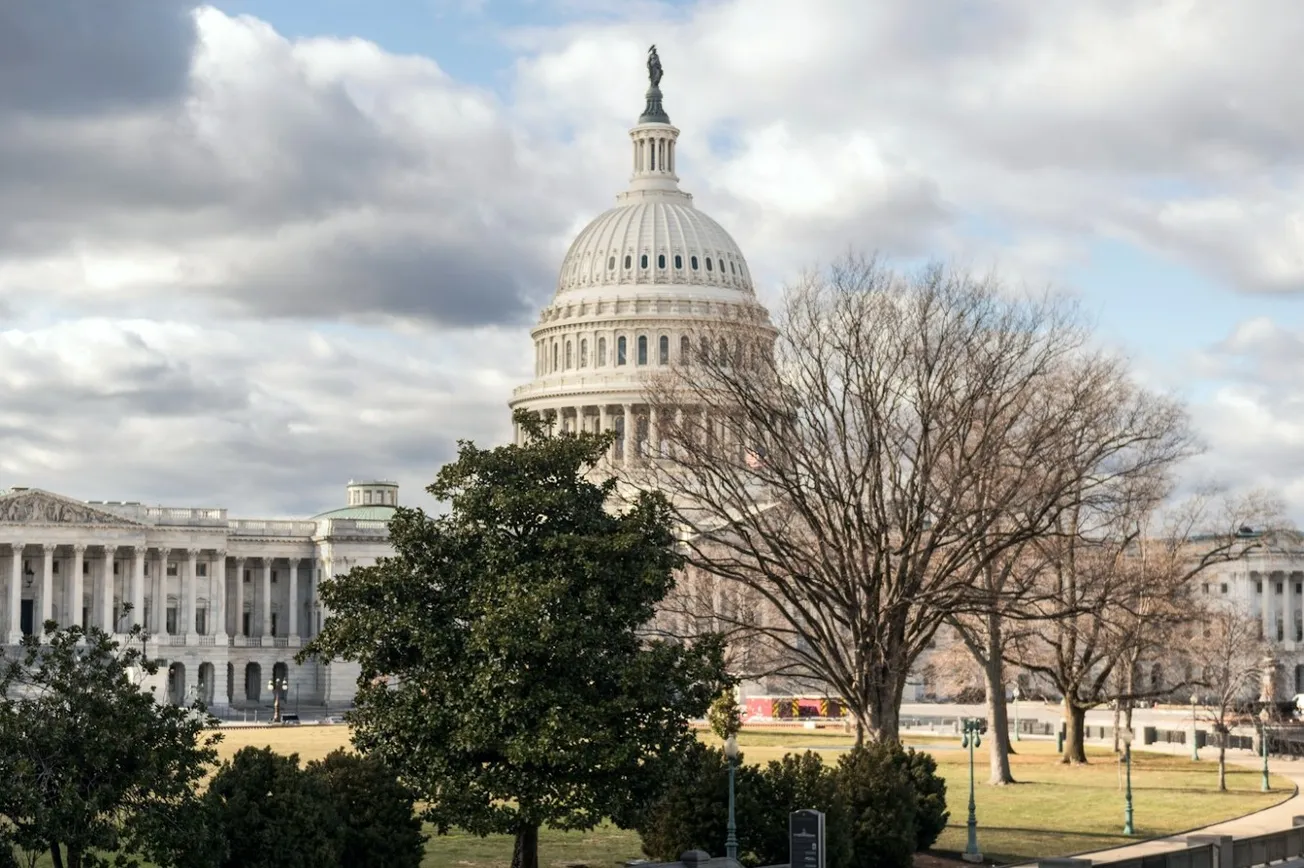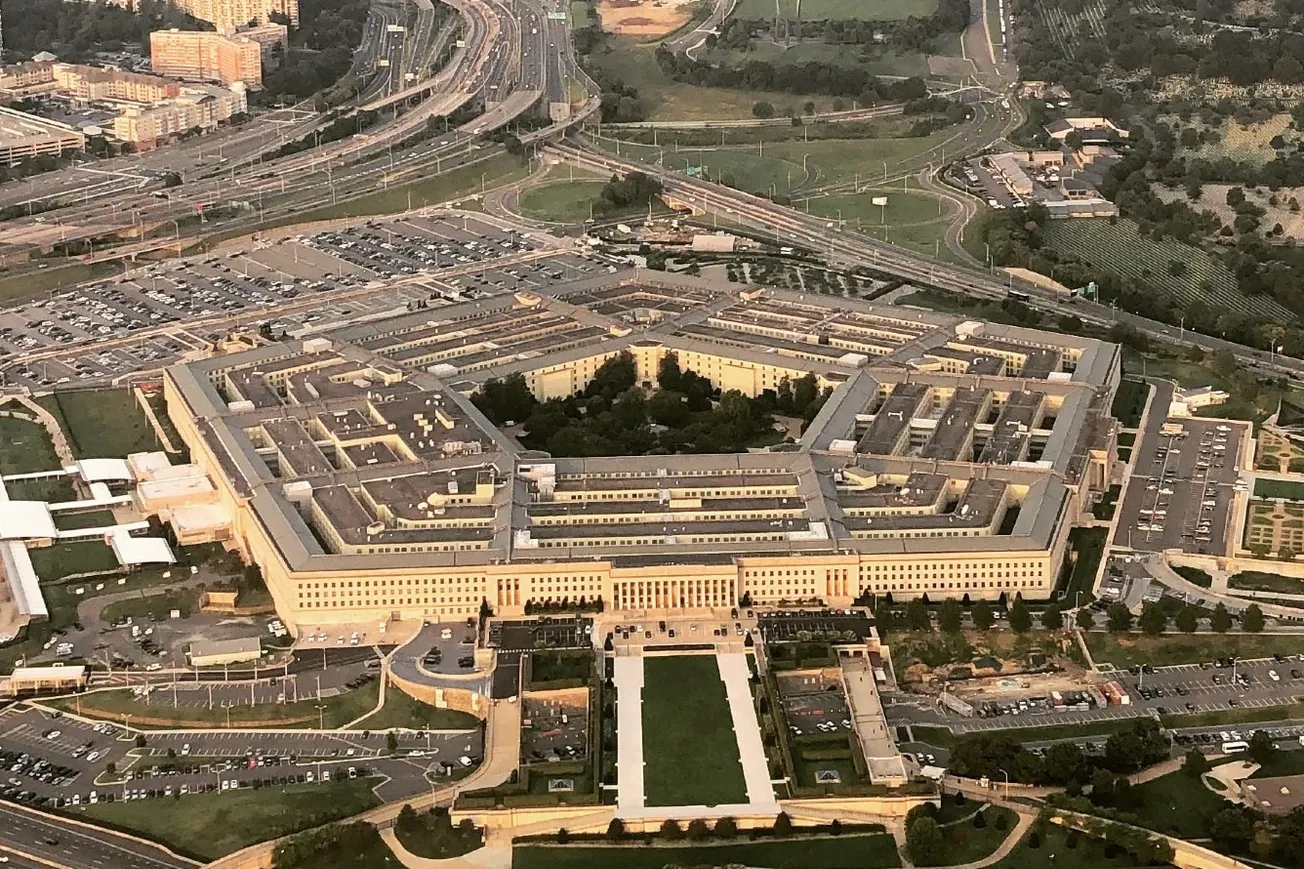Among President Trump's promises during the 2024 campaign was to "medically discharge" transgender men and women from the U.S. military. But would Americans support such a move? A plurality of voters say no, revealing a deep political split over the issue, the latest I&I/TIPP Poll shows.
While no specific proposal has yet actually been put forward, the national online I&I/TIPP Poll asked this question: "News reports suggest President-elect Trump is considering an executive order to discharge all transgender service members and ban future enlistments, potentially affecting 15,000 active personnel. Do you support or oppose this plan?"
The poll of 1,411 adults, taken from Nov. 27-29, has a margin of error of +/-2.6 percentage points.
Among those responding, 41% said they would support it either "strongly" (19%) or "somewhat" (22%), while a plurality of 47% stated they would oppose it "somewhat" (19%) or "strongly" (27%). Another 11% said they were not sure.
But the closeness of the overall response masks a large political gap in how the topic of transgenders in the military service is viewed.
To wit, a majority of both Democratic (23% support, 70% oppose) and independent (31% support, 52% oppose) voters disapprove of the idea.
But Republicans strongly back it, with 68% "support" and 23% "oppose."
Both GOP voters and Democrat voters are solidly sure of their positions, with only 7% of Democrats and 9% of Republicans saying they're "not sure." Among independents, uncertainty is much higher at 17%.

How one voted in the 2024 presidential election seems to define the sharp split on the issue: Among Kamala Harris voters, 73% opposed the Trump plan, while only 18% supported it. Trump voters were the opposite, with 23% against the proposal, and 68% supporting it.
What about religious belief? Among Christian denominations, perhaps surprisingly, Catholics (39% support, 49% oppose) were least likely to back Trump's policy, compared to Protestants (47% support, 41% oppose) and "Other Christian" denominations, at (50% support, 41% oppose).
For those with "other religion", opposition rises to 52%, while support declines to 35%. As for those with no formal religion, a growing share of the U.S. population in recent decades, opposition was highest at 59%, with support at just 33%.
All in all, the numbers suggest deep schisms on the issue of transgender service in the military, based on culture, political affiliation, and religious beliefs, differences that might be difficult to bridge if the policy is put in place.
The truth is, Trump is merely restoring what he had tried put in place before during his first term.
A partial ban on transgender service was imposed by Trump in response to former President Obama's 2016 order that opened military service to transgender people.
President Trump subsequently reversed that order in 2017, requiring the military to restore its "longstanding policy" of not permitting transgender individuals to serve in the military. The Pentagon embraced it, though the plan did allow those transgender individuals who already had joined before the ban went into effect to continue their careers.
But the military's approval was key.
"The Pentagon based this conclusion on its own vast amounts of medical data gathered from years of experience dealing with service members who had gender dysphoria," Thomas W. Spoehr, a retired Army lieutenant general, wrote in 2018.
Spoehr cited "data documenting that transgender individuals with gender dysphoria attempt suicide at nearly nine times the U.S. average lifetime rate, and experience severe anxiety at eight times the average rate," adding that "The Pentagon’s transgender policy is no different from its treatment of hundreds of other medically disqualifying conditions such as bipolar disorder, asthma, or diabetes."
Trump's ban went into effect temporarily in 2019, but allowed those transgender individuals who were serving before the ban to remain on the job. Trump's order was subsequently overturned by newly elected President Biden in 2021.
As reported by Military.com in late November, citing several international news outlets, "President-elect Donald Trump's transition team is developing an executive order that would medically discharge the estimated 15,000 transgender service members from the military."
The incoming Trump administration hasn't officially confirmed that yet. However, a week ago, speaking at AmericaFest 2024 in Phoenix, Ariz., Trump made clear he intends to take action.
“With the stroke of my pen on day one, we’re going to stop the transgender lunacy. I will sign executive orders to end child sexual mutilation, get transgender out of the military and out of our elementary schools and middle schools and high schools,” Trump said.
“Under the Trump administration, it will be the official policy of the United States government that there are only two genders, male and female,” he added, vowing to "keep men out of women’s sports.”
“Doesn’t sound too complicated, does it?” he said.
No, it doesn't.
But it might well be more difficult than first thought, at least politically.
When it comes to a ban on political service by transgender people, as I&I/TIPP data clearly indicate, it will be strongly supported by Republicans, Trump voters, and, in general, those living in Red States. But it will be largely opposed by Democrats, independents, and those living in Blue and Swing States.
As such, it's a political fight that might soon become another major battle in the nation's ongoing cultural war.
I&I/TIPP publishes timely, unique, and informative data each month on topics of public interest. TIPP’s reputation for polling excellence comes from being the most accurate pollster for the past six presidential elections.
Terry Jones is an editor of Issues & Insights. His four decades of journalism experience include serving as national issues editor, economics editor, and editorial page editor for Investor’s Business Daily.









